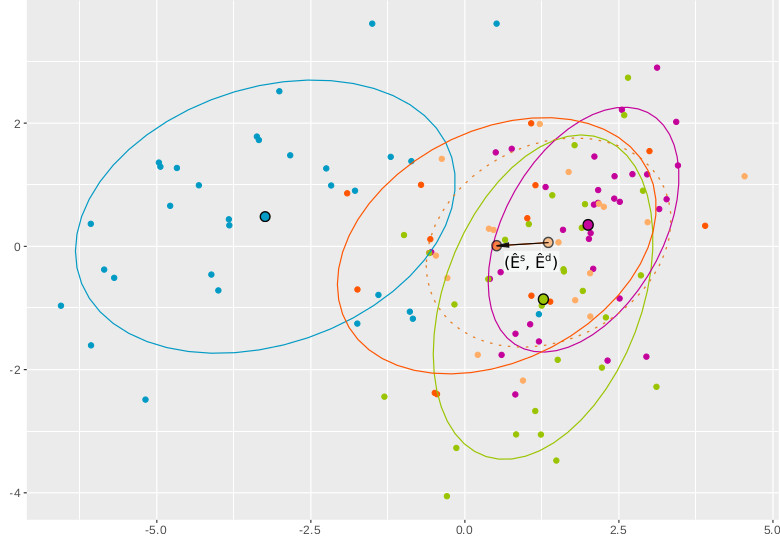Look! it’s moving! is it alive? how movement affects humans' affinity to living and non-living entities
IEEE Transactions on Affective Computing, 2018
Abstract:
This article is about the relation between human observers and various human and non-human entities. Our focus is on humans' perception of movement. In particular how it affects the relationship to entities. We explore the way the movement of natural entities, locomoting animals and robots or the expressivity of dancers, play a vital part in our perception of these things. Humans' intuitive process of categorizing and attributing characteristics as a dialog and understanding of things, as found in the concept of metaphor, is central to our method.
Drawing from the linguistic concept of animacy, expressing how sentient or alive an entity is interpreted we propose a metric of quantitative measures to investigate whether conceptual boundaries of entities, like those between human and non-human, change when movement comes into play. By means of measuring subjective responses, the rating of features in relation to specific types of entities like humans, animals and machines, we develop and validate a measurement tool in two online surveys. In the first (k = 93), we determine particular regions for each type, and in the second (k = 72), we investigate whether these regions change when entities move. We present the methodology and empirical work. Our key findings are alongside the metric, an agency-framework informed by related work to locate shifts in participants’ interpretation as degrees of animacy and agency ranging from intentional action to causal movement. We provide results demonstrating the effect of participants’ interpretation of entities under two conditions, represented either static or dynamic, we can show that movement affects participants’ interpretation. For example the shift of a human represented with mechanical movement, by virtue of breakdancing moves, towards the region designated to machines.


